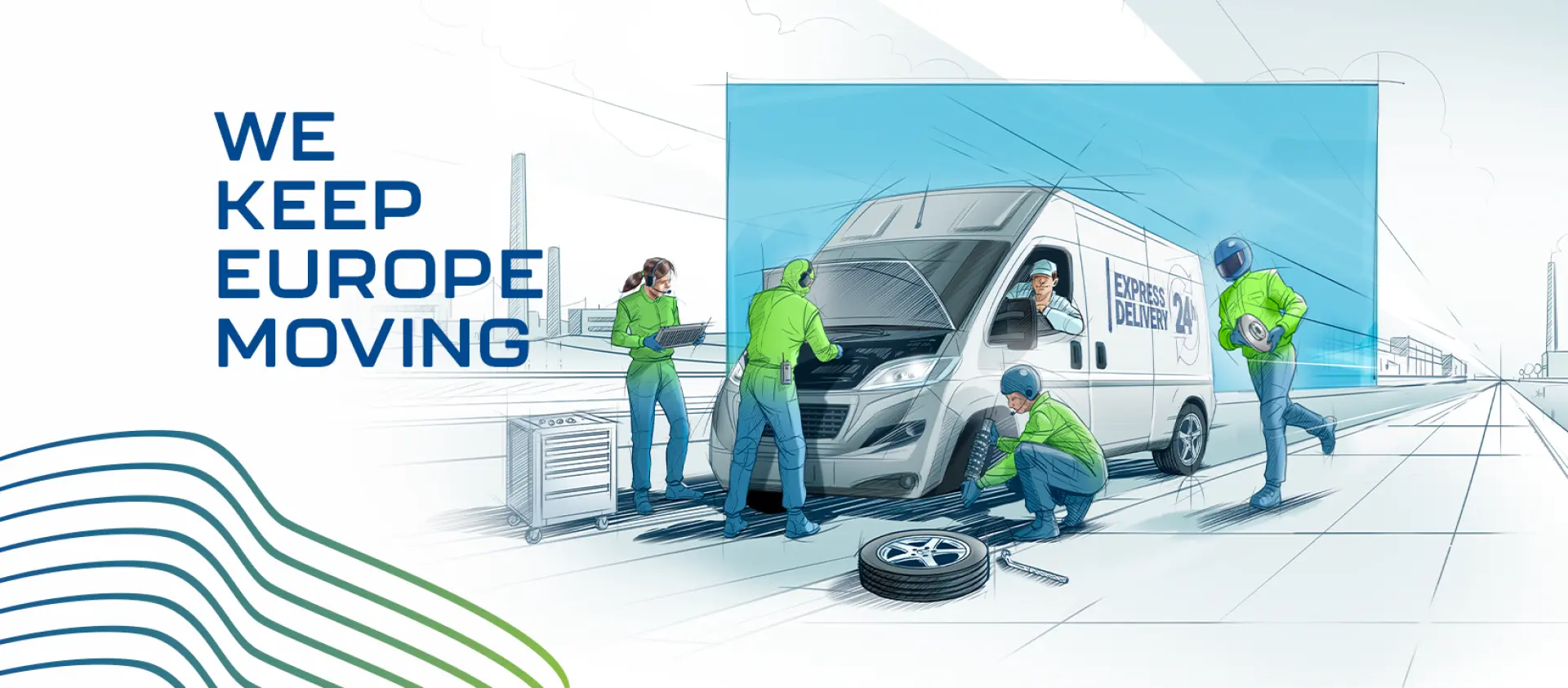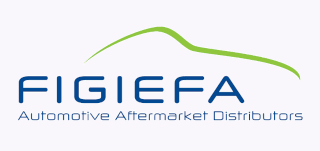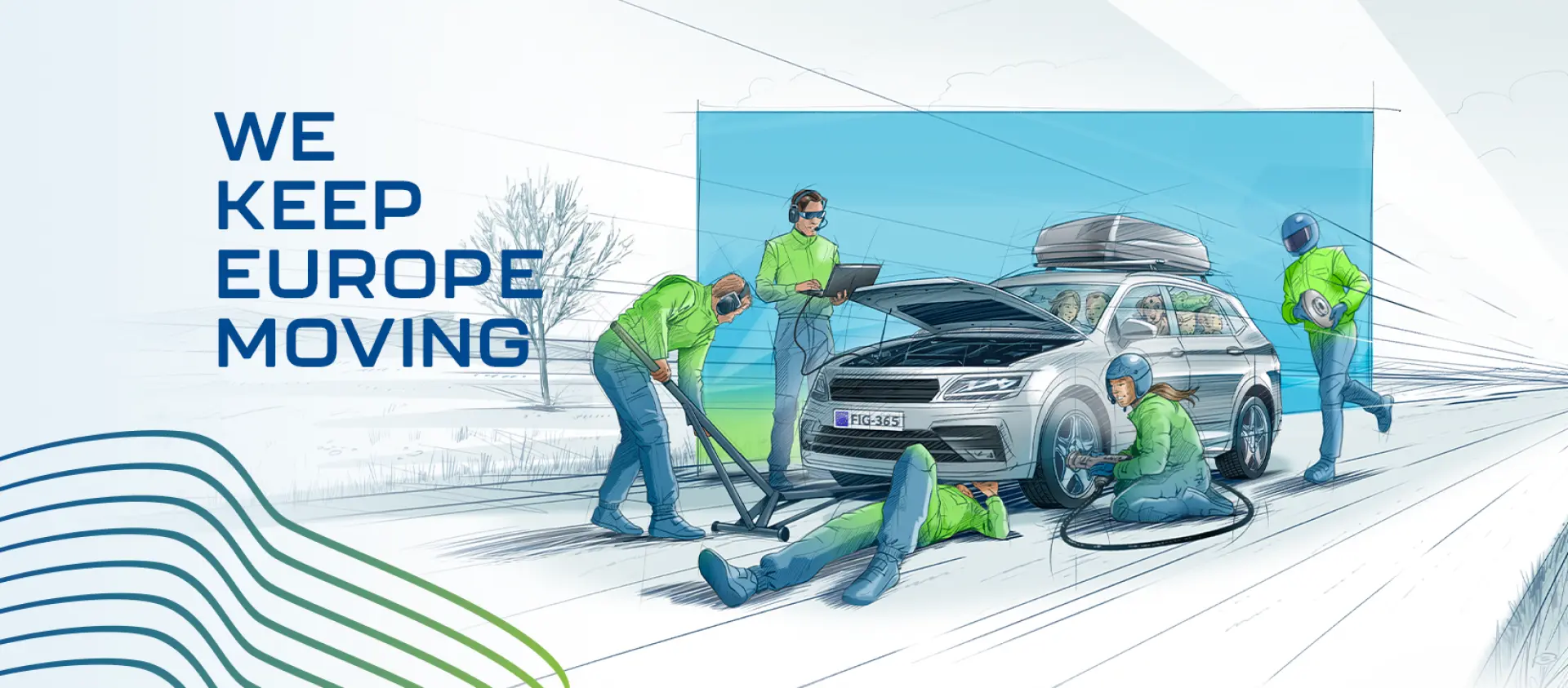
Discover how the independent parts distribution secures that every family and business in Europe can continue their journey at any time and from any place.
Read the latest Roland Berger European Independent Automotive Aftermarket Panorama: https://www.rolandberger.com/en/Insights/Publications/European-Independent-Automotive-Aftermarket-Panorama.html and watch our brand new corporate video:
The multi-brand independent automotive aftermarket (IAM) keeps Europe's vehicles on the road, maintains the region's industrial competitiveness and ensures the personal mobility of millions of people. Yet, for many, the aftermarket is often an afterthought, its status and importance well below that of automotive manufacturing or sales. Roland Berger believes that it deserves much greater recognition – and potentially a rebranding to improve the way it is viewed. As part of their investigation, they surveyed more than 380 members of FIGIEFA, and carried out additional interviews with the CEOs of more than two dozen major players in the sector. Their research revealed a number of key trends in the market and shed light on how the role of the IAM may change in the future – adding fuel to our argument that it's time for a reassessment of this vital sector of our industry.
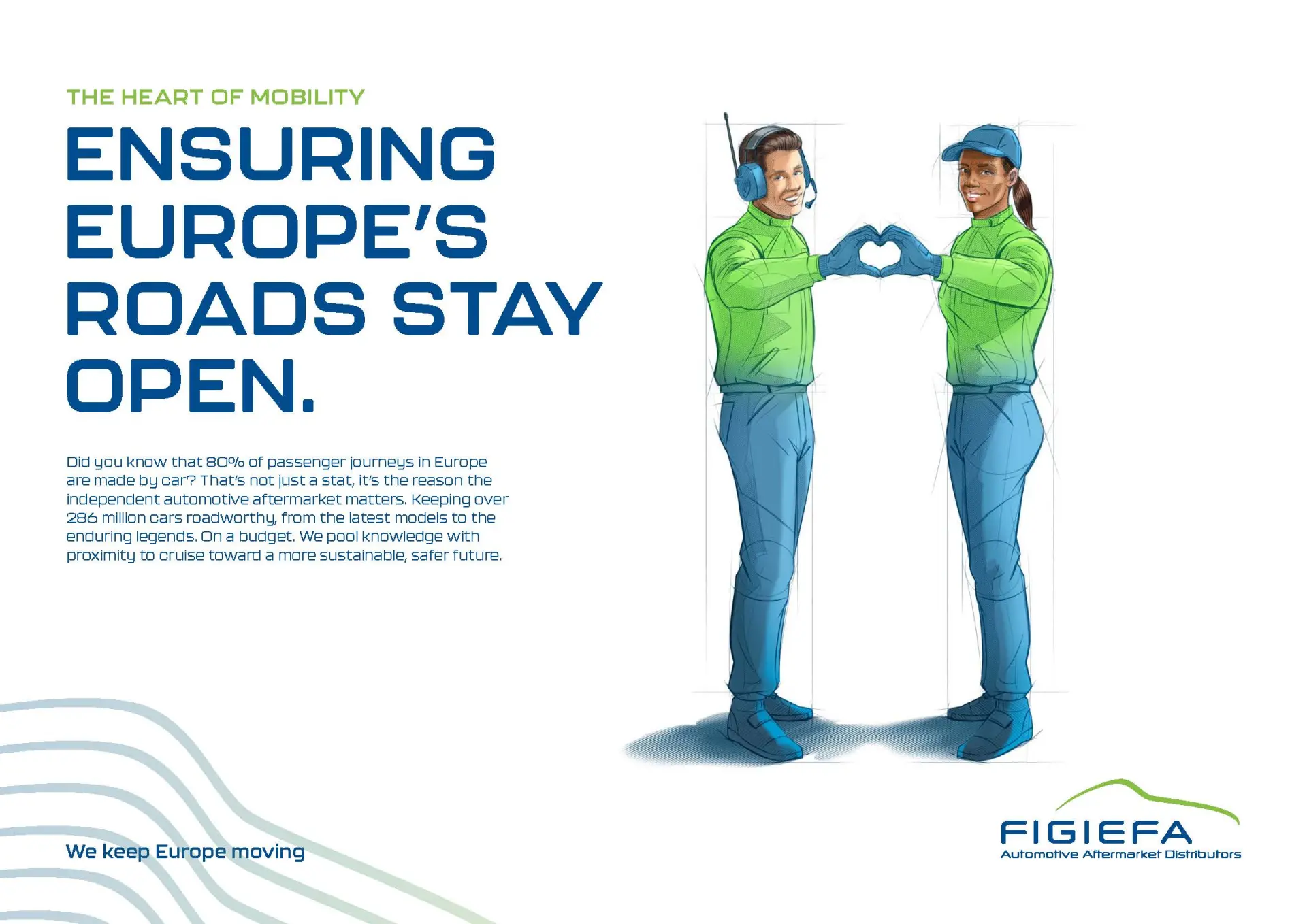
1. A force to be reckoned with
The automotive industry is one of the most important sectors of the European economy, generating more than EUR 2 trillion in gross value added each year. Within the automotive industry, the aftermarket plays a vital role in keeping Europe's vehicles on the road, especially the 70 percent that are more than four years old. It is also significant in terms of its economic value: For example, the EU market for automotive spare parts is worth around EUR 118 billion and the multi-brand IAM sells about 62 percent of this, or around EUR 73 billion. Yet, the aftermarket is often seen as something of a second priority after new vehicle production and sales. Unjustly so, as the results of our research show.
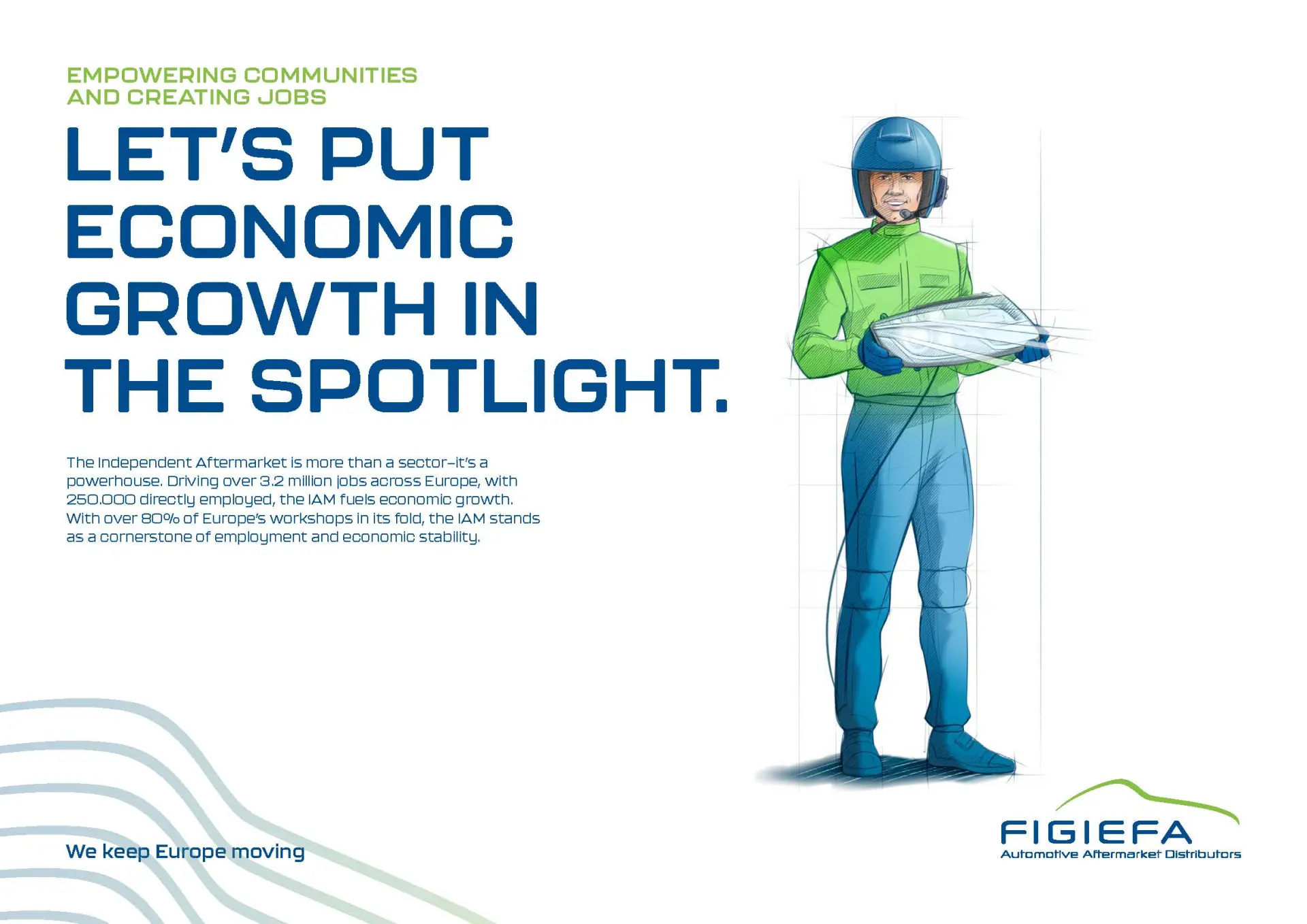
2. The independent aftermarket's contribution to Europe
Their research reveals that there are key ways in which the IAM contributes to Europe. The first is its contribution to the automotive industry: Firstly, it is a significant profit pool for tier-1 suppliers, enabling the partial cross-financing of the innovation required for the latest generation of vehicles. Secondly, it makes good on the vehicle manufacturers promise of longevity of their vehicle illustrated by the fact that vehicle manufacturers cut their number of dealers from 71,000 to 54,000 since 2010, while the IAM increased its service outlets from 241,000 to 250,000 in the same period.
The second way that the IAM contributes to Europe is by improving its industrial competitiveness. It plays a fundamental role in sustaining road-based transportation, which is critical for keeping European industry competitive. During the COVID-19 pandemic, it was vital for keeping essential services such as healthcare, policing and e-commerce on the road. Moreover, by providing maintenance and repair services and stocking an enormous portfolio of spare parts, it ensures vehicle uptime – a crucial factor in the performance of Europe's commercial fleet. Indeed, we calculate that the IAM increases vehicle uptime by almost ten hours per vehicle per year, saving Europe's commercial vehicle fleet a total service time of 230 million hours each year.
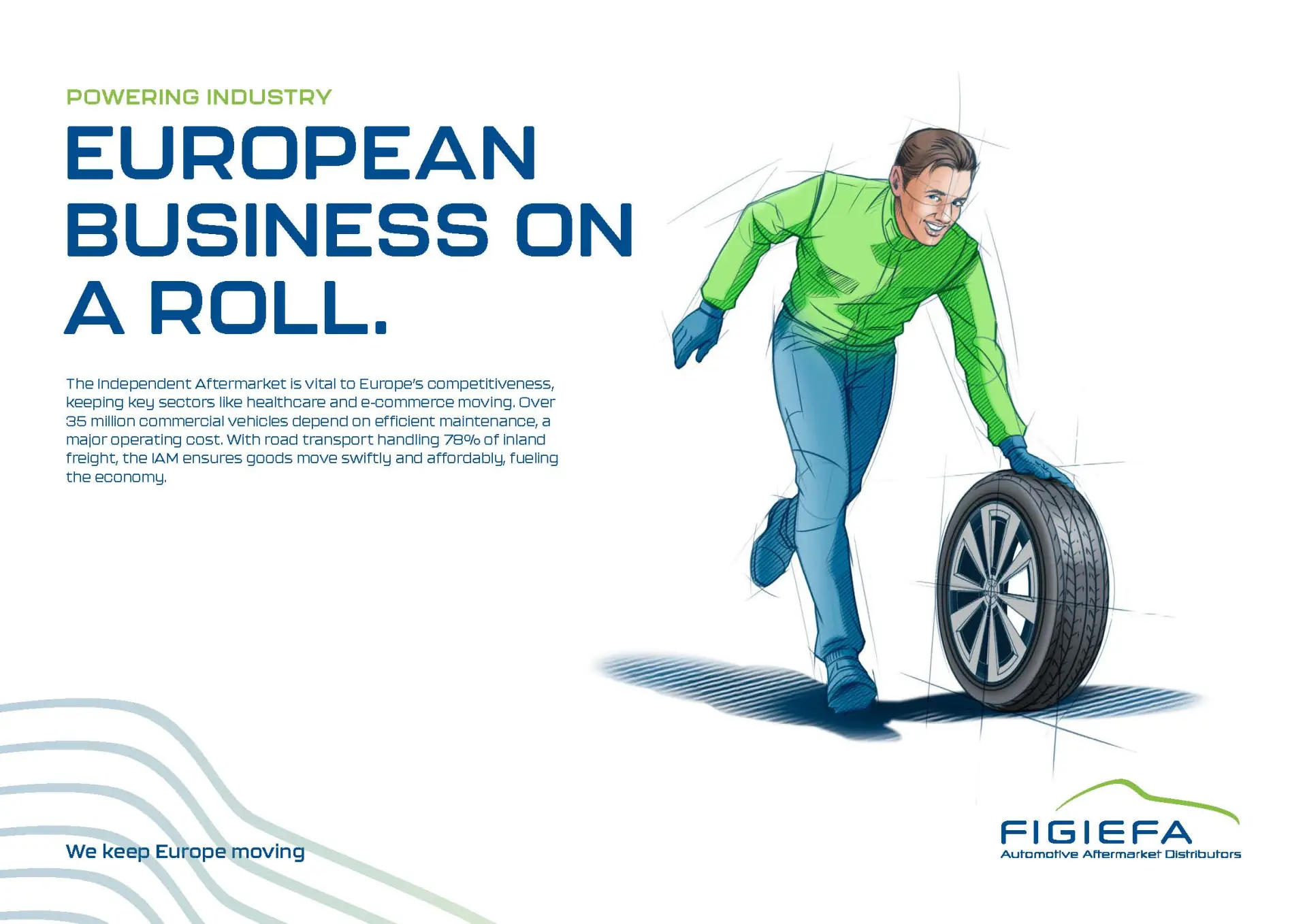
The IAM also contributes to society – the third pillar of its support for Europe. Personal mobility relies on passenger vehicles, which account for more than 85 percent of all passenger-kilometers in Europe and are particularly relevant in suburban and rural areas. Between 60 and 70 percent of Europe's labor force also commutes to work by car. The IAM keeps mobility affordable for the 280 million vehicles on EU roads with its extensive network of service points: Most towns and villages in Europe have at least one independent, multi-brand repair shop that keeps the local community moving.

The fourth area where the IAM contributes is sustainability. It helps vehicles comply with emissions standards by installing new hardware or software, and it extends vehicle lifetimes, avoiding the emissions produced when new vehicles are manufactured. It further benefits the environment by using eco-friendly materials and greener manufacturing processes, and promoting circular processes such as the reuse, remanufacturing, refurbishing and recycling of spare parts. For example, the wholesale distributors in our survey already sell more than ten percent remanufactured components and these figures are expected to almost double in the coming years.
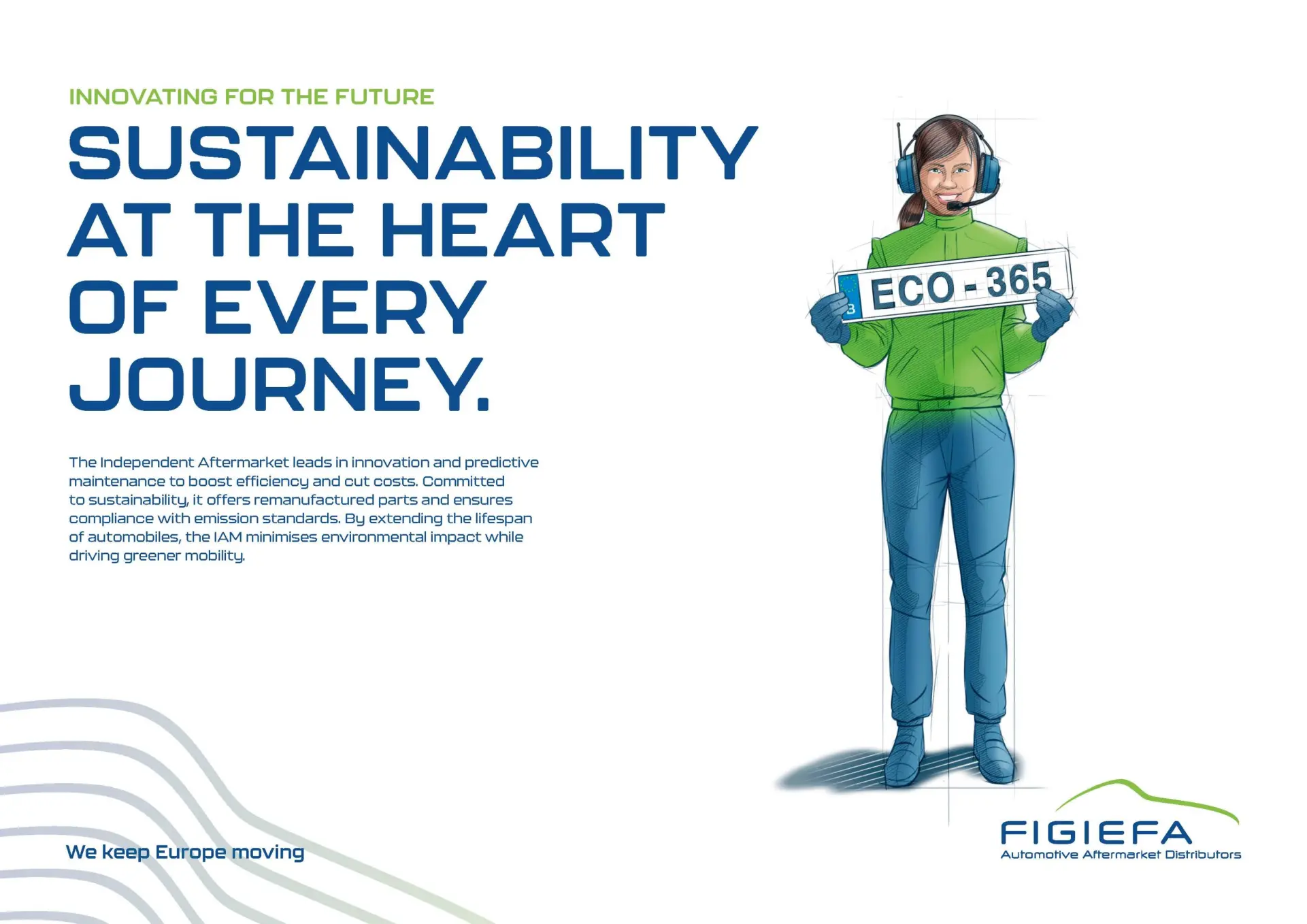
3. Rebranding the IAM
Clearly, the IAM deserves to be viewed as a fundamental part of the automotive industry. We believe that one way to help achieve this would be to create a new vision for the sector, renaming it in a way that draws attention to its significance for European industry and society, for example, by calling it the "vehicle lifecycle solutions sector". Not only is this a fair reflection of its true contribution, it would also send a strong signal to all stakeholders about the importance of the sector – and ensure the IAM's place at the table in corporate and governmental discussions.
